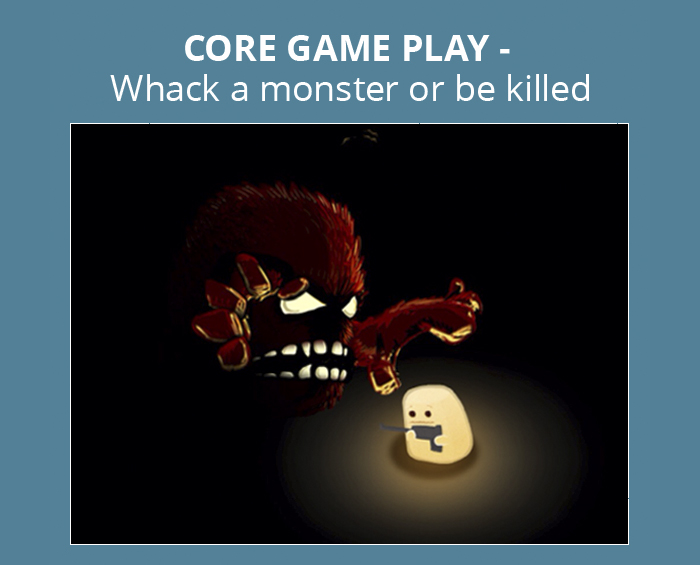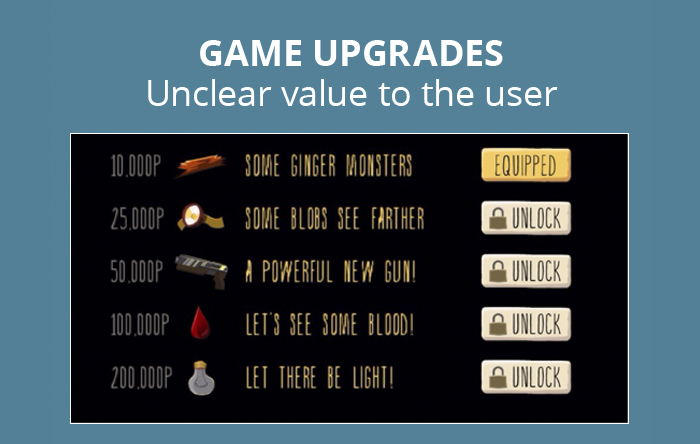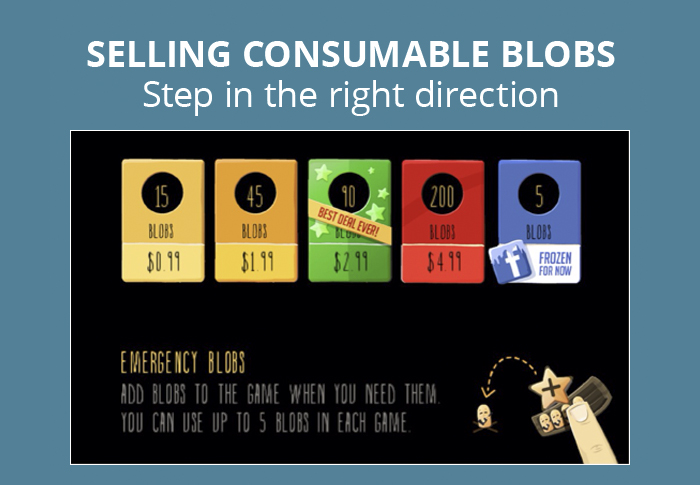· 5 min read
Hopeless: The Dark Cave – Coins and Consumables
Yaniv Nizan
Yaniv Nizan is the CEO and Co-Founder of SOOMLA - Monetization Measurement Platform.
Self publishing studios are the place where innovation comes from, and Hopeless: The Dark Cave from Upopa Games is a good example. It just feels like a breath of fresh air, unlike many of the games we see today from big publishers. Plus it has some really adorable graphics. It’s available for both iOS and Android, and I highly recommend giving it a go.
Whack or be whacked
Like most good games, Hopeless takes place in a hostile environment. It’s rather dark out there and the only source of light is a blob played by the user. As if that weren’t enough, there are monsters coming at the small blob. In defence, the blob can shoot the evil creatures with a shot gun. For that to happen, the player needs to quickly tap on the monsters, whenever they enter the screen. This requires staying alert, and it can be quite nerve wracking, but also a lot of fun once you get the hang of it.
If you’re looking to compare it to something, I would say it’s a bit like whack a mole, but in survival mode. As fun as the gameplay may be, there are two things missing: some celebration of success, and a sense of progress in the game.

Endless mode and coins go well together
The game lacks a sense of virtual currency [Update: after the original review was published the studio released a new version of the game with ingame coins]. Adding such a system helps in 3 ways:
- Create a sense of progress via wealth accumulation;
- Allows users to engage in a coin loop;
- Gives users more reasons to visit the store.
With no coins, the designer took an interesting approach to use the score to unlock different game upgrades. There are 5 upgrades:
- Some ginger monsters;
- Some blobs see further;
- A powerful new gun;
- Let’s see some blood;
- Let there be light.
Each one of these is unlocked at a certain score threshold, but can also be unlocked immediately by paying $1. There is also another game mode available for purchase for $1 – which should be priced higher. In a different screen, there is an option to buy blobs for cash – we will cover that in more details in the next paragraphs.
Selling virtual goods by stating the value
The game navigation is well designed and it makes it easy for users to see where the store is. The one thing missing from a user stand point is a clear indication of the value. Like in real life, users would want to know how will the product change their lives, and what does it do exactly. To avoid cluttering the screen, you can put the description as an expandable item. For example, the description for “a powerful new gun” should be: reloads 25% faster and kills monsters in a wider range.

Blobs economy is a missed opportunity
The game makes a step in the right direction when selling blobs. This is an interesting variation on the lives economy, since the blobs are in fact the “lives” in this game. However, the blobs don’t get consumed during natural gameplay. They are optional and a bit hidden from the user during natural gameplay. I can see it becoming a much better revenue source by making these few changes:
- Prompting users to use blobs when their blob is alone, or giving them an automated mode in which every time the blob is alone, an additional blob is added;
- Allowing users to use blob stack as “save me”;
- Adding higher price tiers like $19.99;
- Add replenishment over time.

Upgrading the game vs. upgrading characters
Another way of improving the game is by shifting from selling game upgrades to character upgrading that increases retention. Not all games have a sense of avatars, but the combination of having one that is also 2.5D or 3D gives a big opportunity for game makers to increase engagement, retention and monetization.
In this game I would assign blobs attributes like light radius, recharge rate, response time and accuracy. Blobs can be differentiated visually by color or by leveraging emoji type faces: the smiling blob, the scared blob, the sleepy blob and so on. This allows for selling items or services that improve those attributes forever or for a limited time. For example, headlight can improve light radius and can be sold in levels. The result is a diverse and rich set of items to be bought that give users a lot to explore, tough buying decisions to make, and increase their emotional investment in the characters.
This article is a repost from the SOOMLA blog. Here is a link to the original article.